GRITO
“GRITO” creates a positive voice for those disenfranchised by systemic racism, poverty, ICE raids, natural disasters, and disease, sparking dialogue about the richness the Latinx community brings to rural America, specifically Eastern North Carolina. It also showcases how the South, often depicted as singular in culture and slow to progress, is actually a diverse community full of vibrant culture and progressive minds. Lastly, “GRITO” creates an art space that empowers the Latinx diaspora in North Carolina.
A VSCO Voices Project. © 2019 GRITO.
Our grito is cathartic yell of honor. It is self-acceptance of our heritage. It is a deep longing for Mexico — a place to which we are connected by heart, but disconnected by land.
Our grito is our pride. It is our pain. It is our joy. Our grito is a fierce release of raw emotion — a joyous resistance and permission to be unapologetically ourselves.
Our grito energizes our identity. It’s born deep in our gut. It is fueled by our successes and our struggles — released when nobody expects it, startling Earth to her core.
Our grito sparks a connection to our culture. It is a generous donation of our riches to our community. Our grito is distinctly Mexican — just like us.
Nuestro grito es un grito de honor catártico. Es la aceptación de nuestra herencia.
Es un profundo anhelo por México -un lugar al que estamos conectados por recuerdos del corazón, pero desconectados por tierra.
Nuestro grito es nuestro orgullo. Es nuestro dolor. Es nuestra alegría.
Nuestro grito es una liberación feroz con emoción cruda. Es una resistencia alegre que nos da permiso para ser quienes somos, sin pedirle disculpas a nadie.
Nuestro grito energiza nuestra identidad. Nace en lo profundo de nuestras almas y se alimenta por nuestros éxitos y nuestras luchas- lanzándose cuando nadie lo espera y sorprendiéndonos hasta lo más profundo.
Nuestro grito provoca una conexión con nuestra cultura. Es una riqueza regalada a nuestra comunidad. Nuestro GRITO es claramente mexicano, al igual que nosotros.
A hybrid documentary and art project, GRITO visually explores how the dancers of Ballet Folklórico De Colores—a traditional Mexican youth folk dance group in Goldsboro, North Carolina—are experiencing the inward and outward growth of their shared Mexican cultural identity through their participation in the group.
In the film, the dancers discuss their experiences of growing up Mexican and Mexican American in rural North Carolina, as well as how the cultural impact of ballet folklórico has helped them discover their roots . The complementary portrait series captures their strength, grit, and pride that these kids have found in themselves because of dance. Vibrant motifs and tapestries throughout serve as visual symbols of the culture that binds them.
As a whole, GRITO celebrates the richness of Mexican culture and the resilience of a community long marginalized by systematic discrimination, natural disasters and the constant burdens of assimilation.
GRITO is loud, vibrant and colorful in a way that applauds and recounts our history and culture. It shines a light on how dance can be so much more than movement—it can empower immigrant youth, help preserve a heritage, and educate a small town’s communities through a celebration of history, culture, and dance.
GRITO, es un proyecto documental y artístico híbrido, explora visualmente cómo los bailarines del Ballet Folklórico De Colores encuentran sus raíces. Se trata de un grupo juvenil mexicana de danza folclórica tradicional en Goldsboro, Carolina del Norte. Dicha juventud crecen tanto internamente y externamente de su identidad cultural mexicana compartida, a través de su participación en el grupo.
En la película, el impacto cultural del ballet folklórico les ha ayudado a descubrir sus raíces. Los bailarines proveen sus experiencias de crecer mexicanos y mexicoamericanos en las zonas rurales de Carolina del Norte, así como han encontrado a si mismos al formar parte de este grupo de baile.
La serie de retratos complementarios captura su fuerza, valor y orgullo con motivos vibrantes y tapices coloridos que sirven como símbolos visuales de la cultura que los une.
GRITO, en su totalidad celebra la riqueza de la cultura mexicana y la resistencia de una comunidad marginada por la discriminación sistemática, los desastres naturales y las constantes cargas de asimilación.
“Our grito is our pride. It is our pain. It is our joy. Our grito is a fierce release of raw emotion — a joyous resistance and permission to be unapologetically ourselves.”
JALISCO
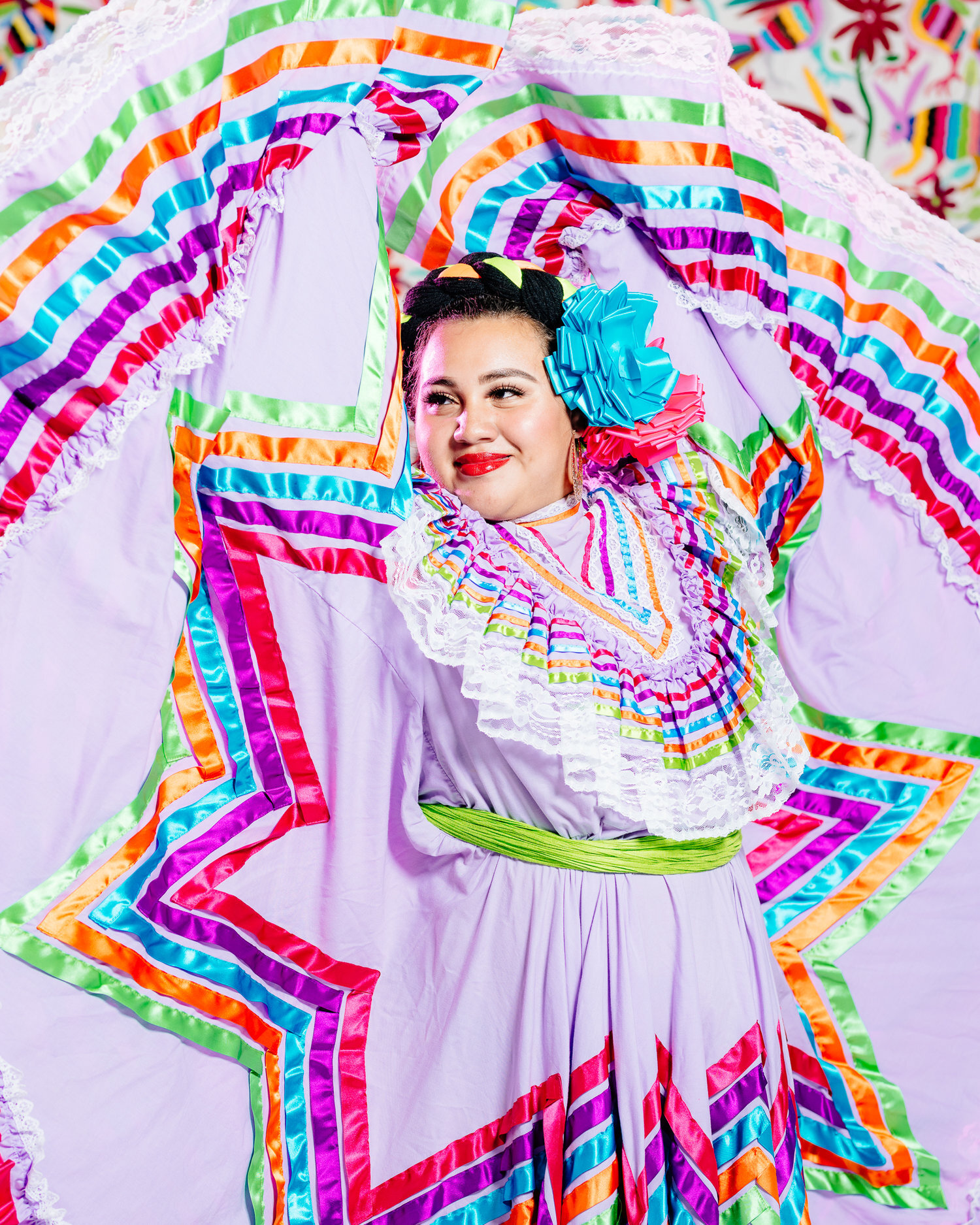
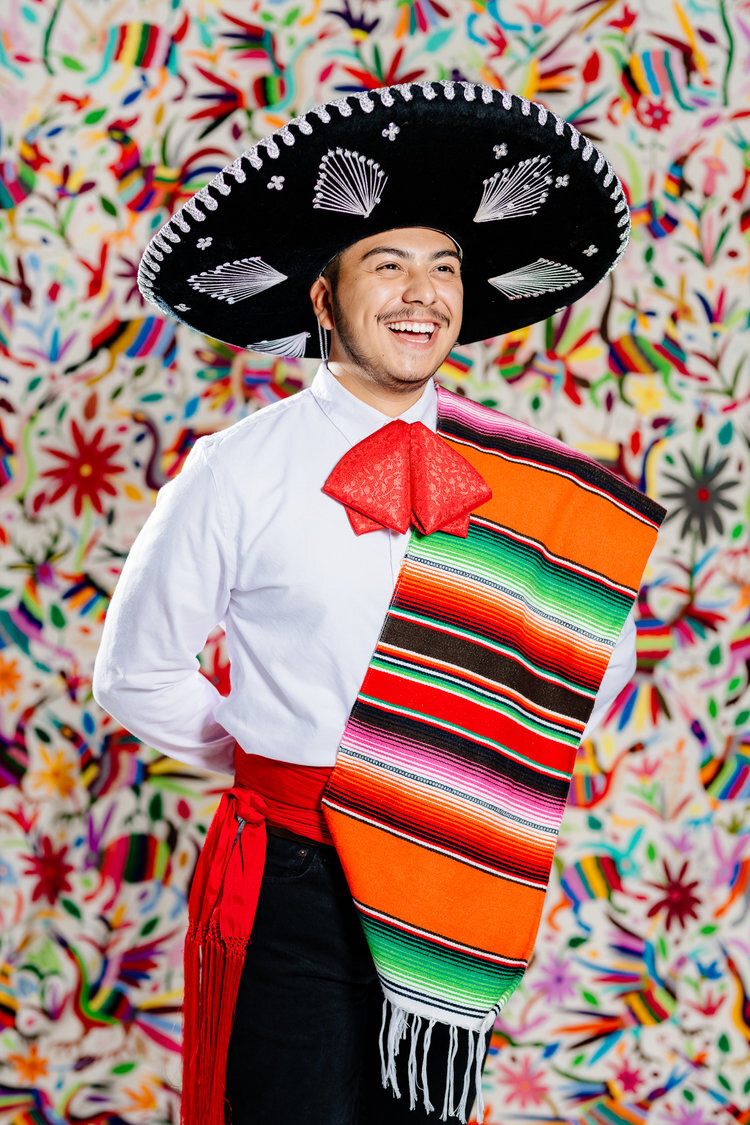
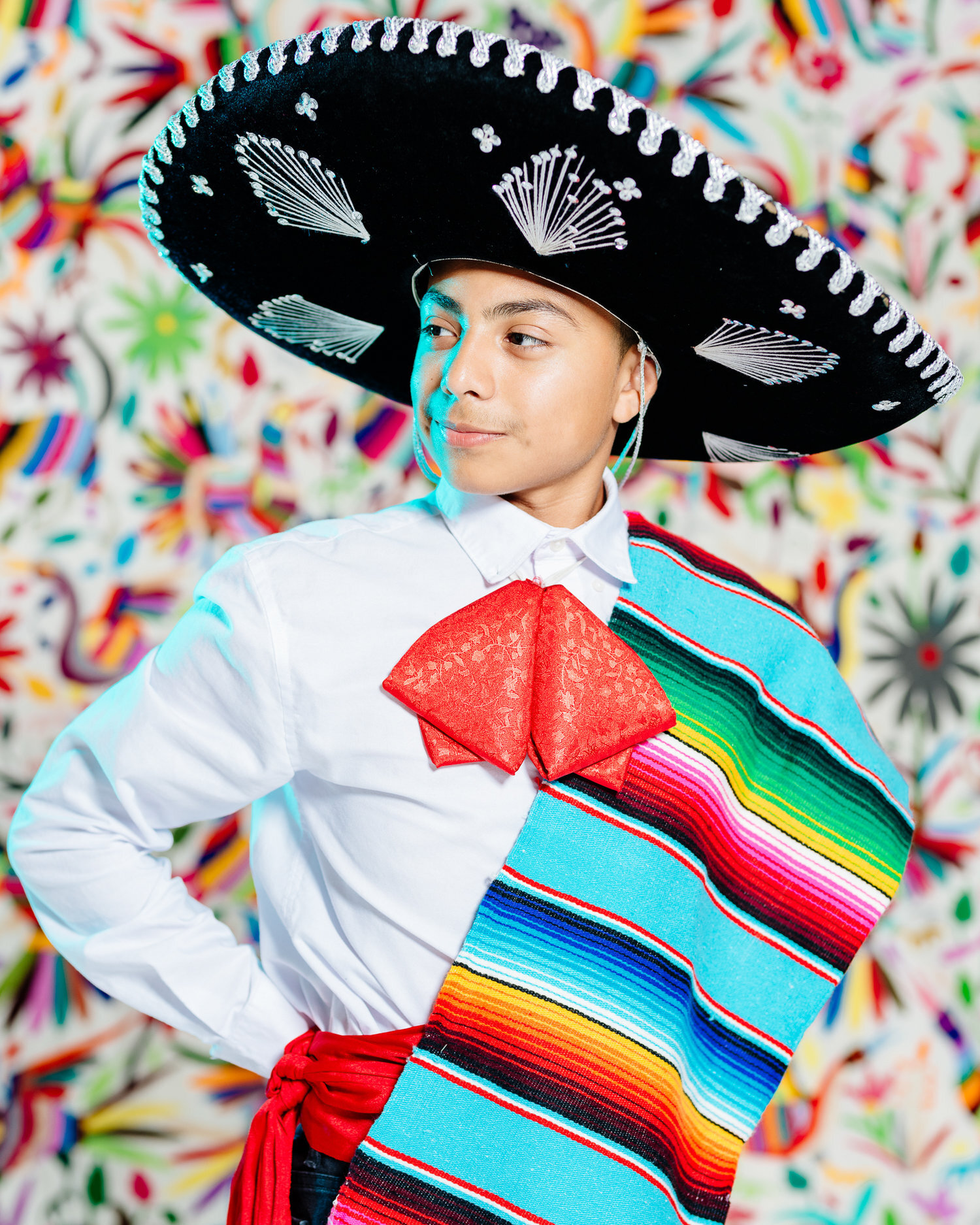
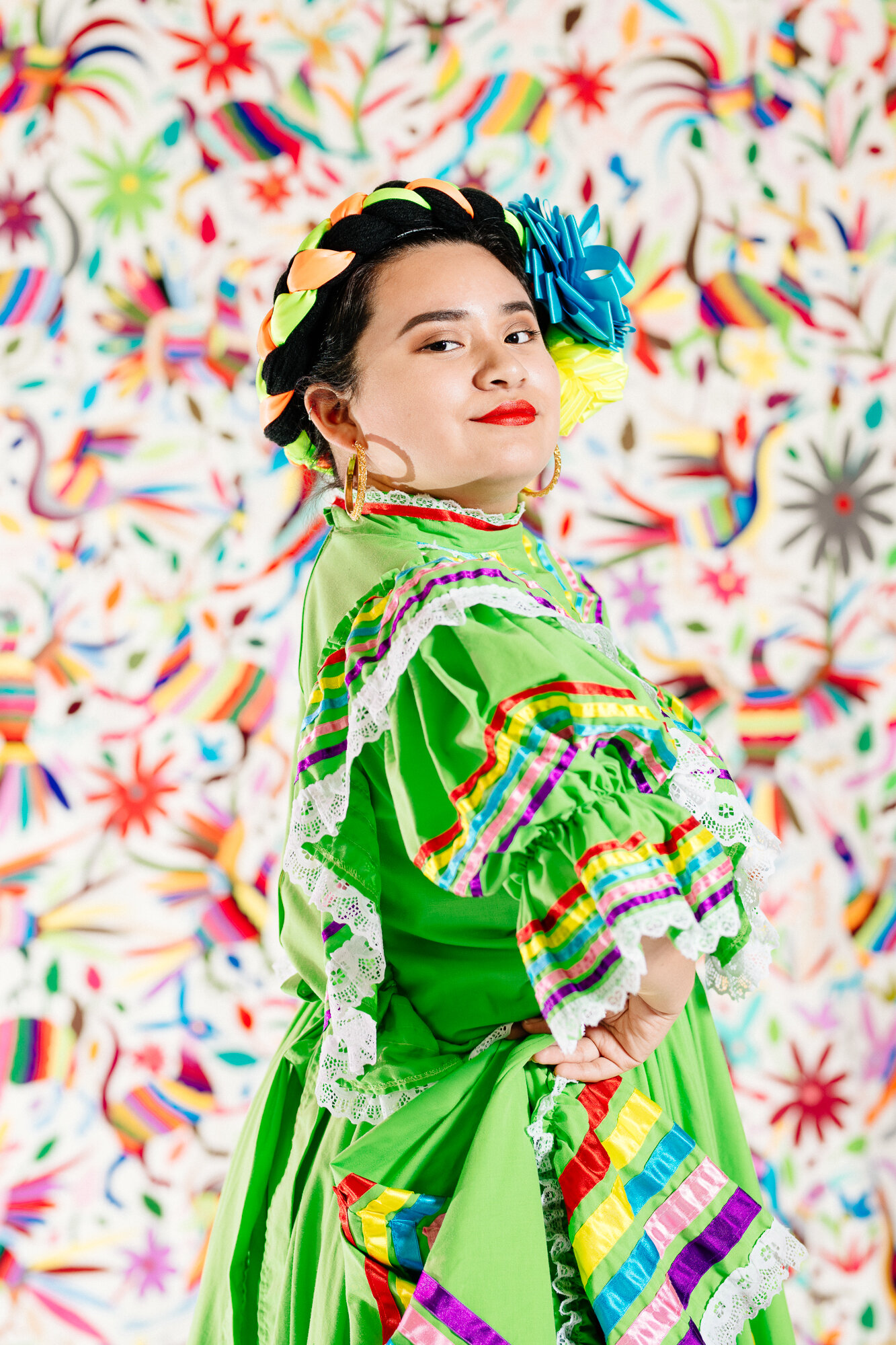



“Throughout the years that I've danced and learned more about my [Mexican] culture, you kind of get to know, ‘Hey, it's actually not that bad.”
“We're able to have a seat at the table, but no one wants to hear us,” Guillermo Estrada, 14, says. Estrada is Latinx, and he’s growing up in the predominantly white rural Eastern North Carolina town of Goldsboro.
He has to raise his voice to be heard over the mariachi music and the stomping of feet as the rest of his youth dance troupe, Ballet Folklórico De Colores, moves rhythmically around the community room at the Wayne County Cooperative Extension. The girls’ vibrant skirts swish back and forth over the linoleum flooring as they spin in mesmerizing circles to “Las Alazanas.” The younger kids crowd behind them, trying to mimic the moves of the big kids—one day, they too will understand the impact of their dancing.
“Throughout the years that I've danced and learned more about my [Mexican] culture, you kind of get to know, ‘Hey, it's actually not that bad,’” Estrada says of the Mexican culture that his town had taught him to resent. Estrada has been a part of Ballet Folklórico De Colores since he was only 9 years old, learning traditional Mexican folk dances from troupe founder Saralynn Vied, a Mexican American who founded the group in 2014 to teach Latinx youth about their heritage that is quickly being lost to assimilation.
“I realized I don't have to fit in with [white people],” Estrada says. “But I feel that if I wouldn't have had dance, I would’ve kept trying to whitewash myself.”
“GRITO” is a short documentary film and portrait series depicting Estrada and his fellow Ballet Folklorico De Colores troupe members as they dance across Eastern North Carolina. The youth who make up the Ballet Folklórico De Colores are all either immigrants or first-generation Mexican Americans living in Goldsboro, a mid-sized city of about 35,000 in rural Eastern North Carolina. They use joy as resistance and a means to educate surrounding communities on their Mexican heritage. And, as they do so, the kids also learn more about where they come from and how to love the culture that birthed them.
While the Mexican immigrant community has begun to find embrace in parts of North Carolina, it still faces challenges like high poverty rates, increased susceptibility to hurricane damage, the constant threat of “la migra,” or Immigration and Customs Enforcement agents (ICE), and most recently, disproportionately high rates of COVID-19. Those challenges, in tandem with our current political climate which encourages hostility towards immigrants and refugees, makes it more critical than ever for Mexican American youth to not only recognize and honor their own culture, but to also share it with their neighbors in an attempt to break down prejudicial barriers.
“GRITO” creates a positive voice for those disenfranchised by systemic racism, poverty, ICE raids, natural disasters, and disease, sparking dialogue about the richness the Latinx community brings to rural America, specifically Eastern North Carolina. It also showcases how the South, often depicted as singular in culture and slow to progress, is actually a diverse community full of vibrant culture and progressive minds. Lastly, “GRITO” creates an art space that empowers the Latinx diaspora in North Carolina.
VERACRUZ
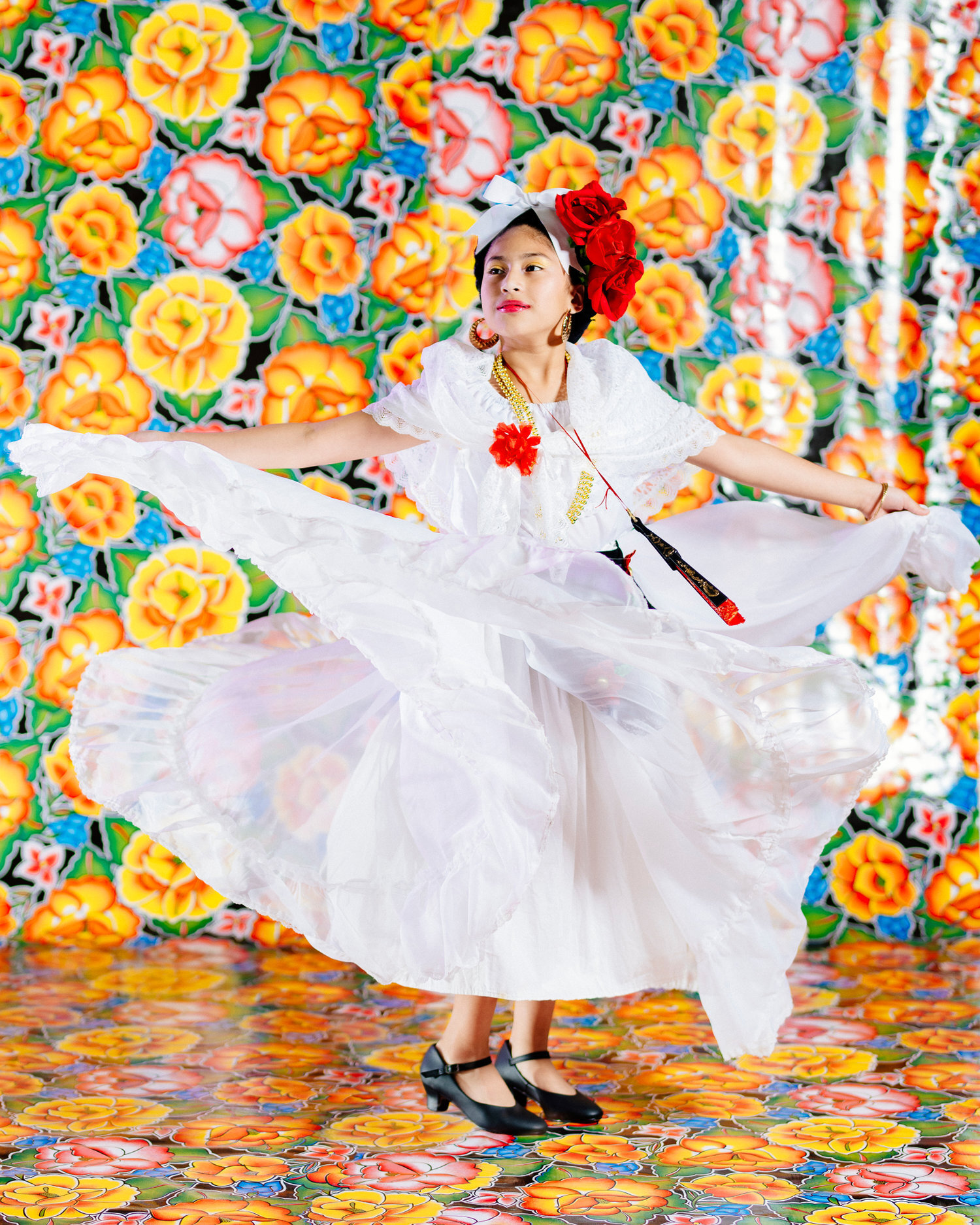
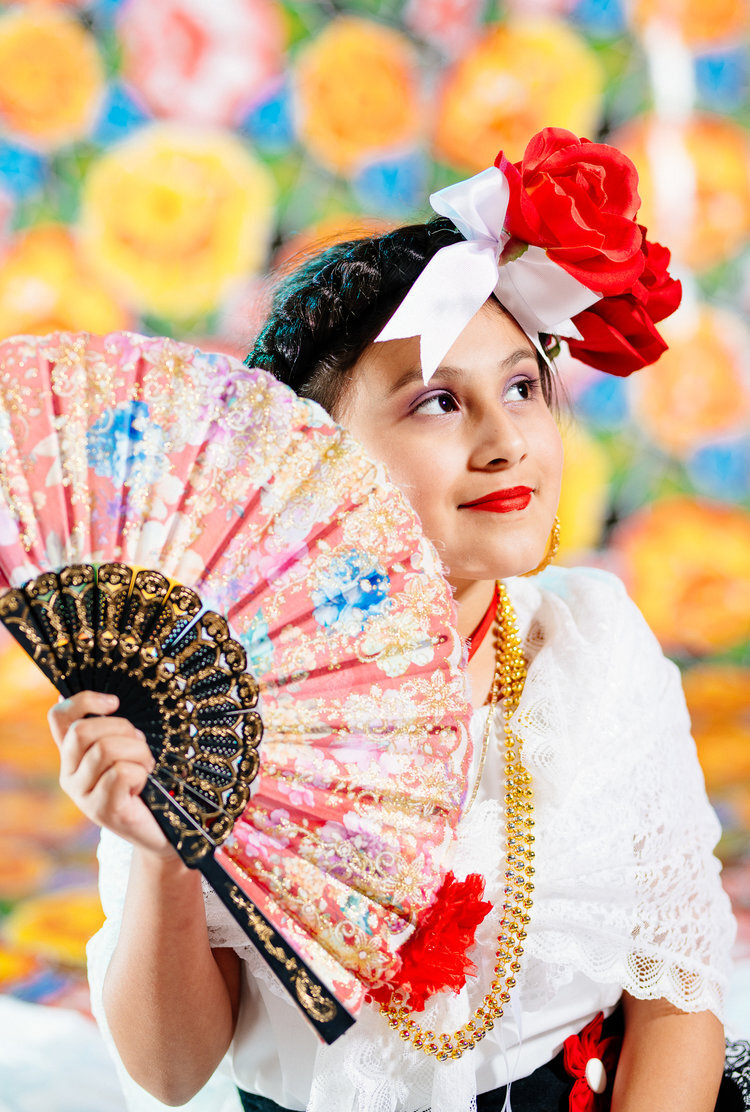

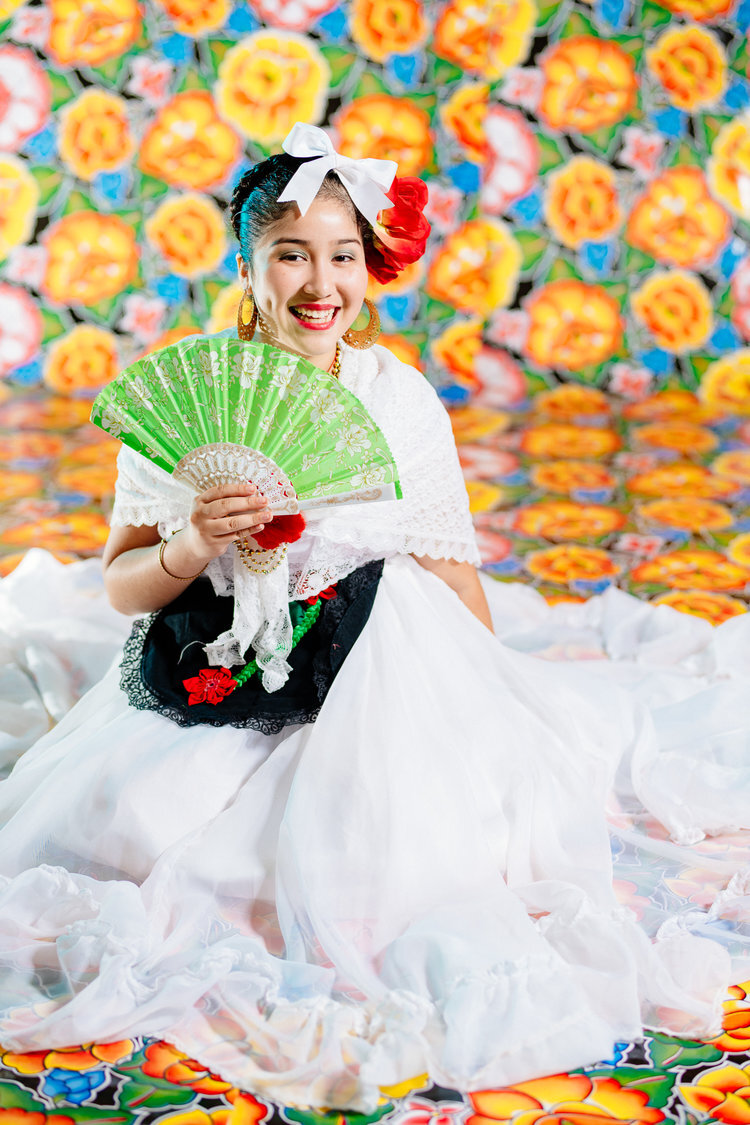
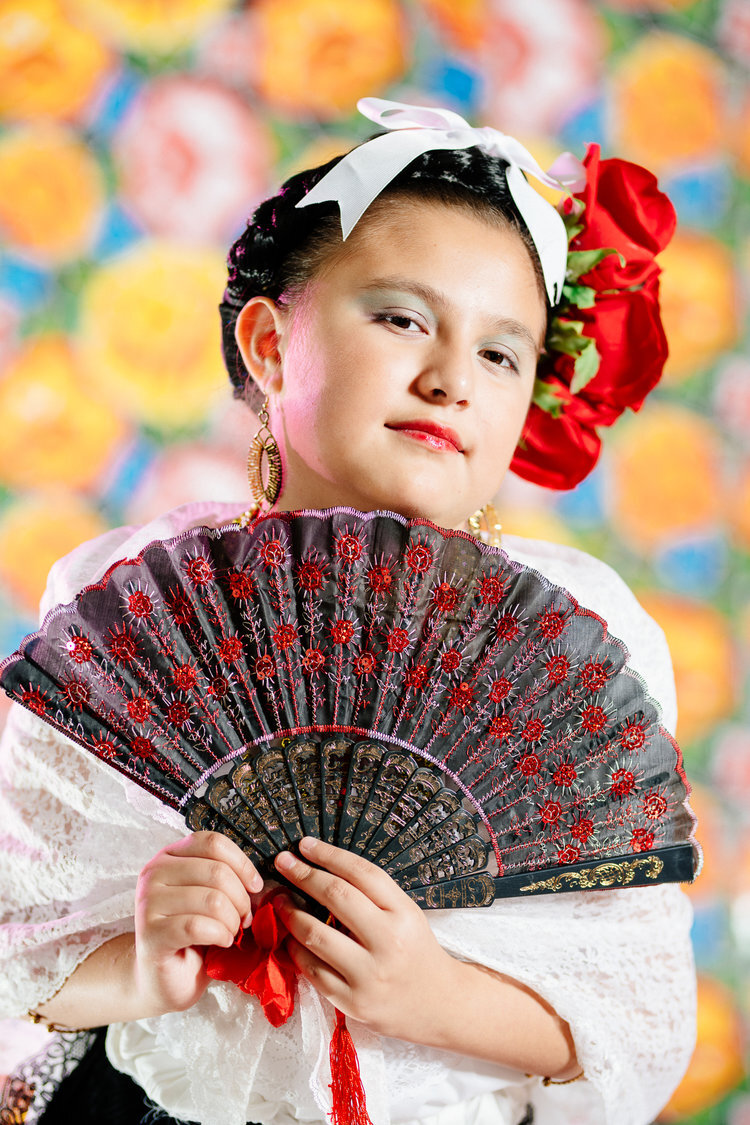
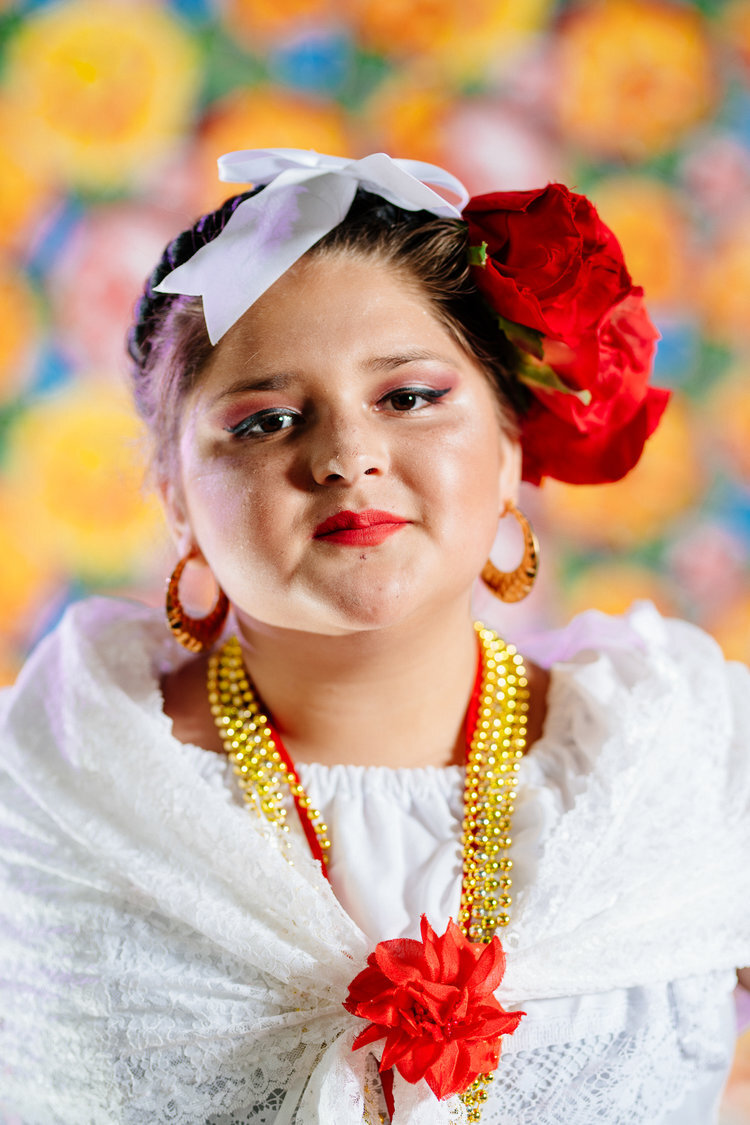
MICHOACÁN
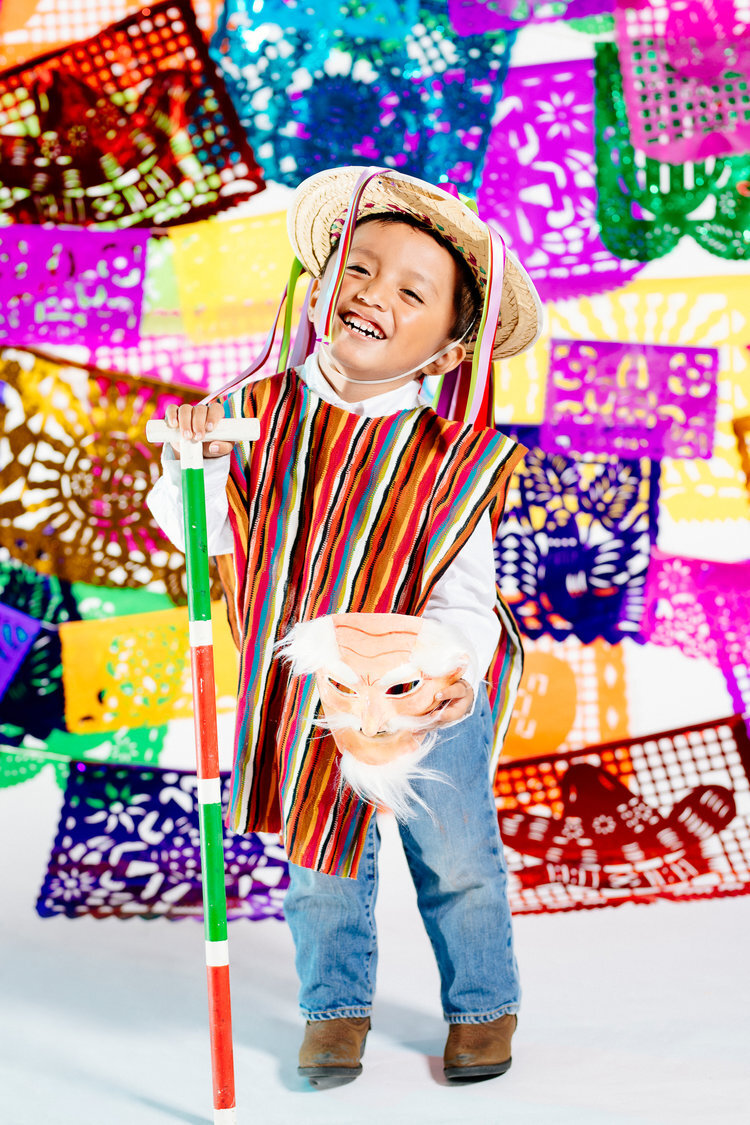
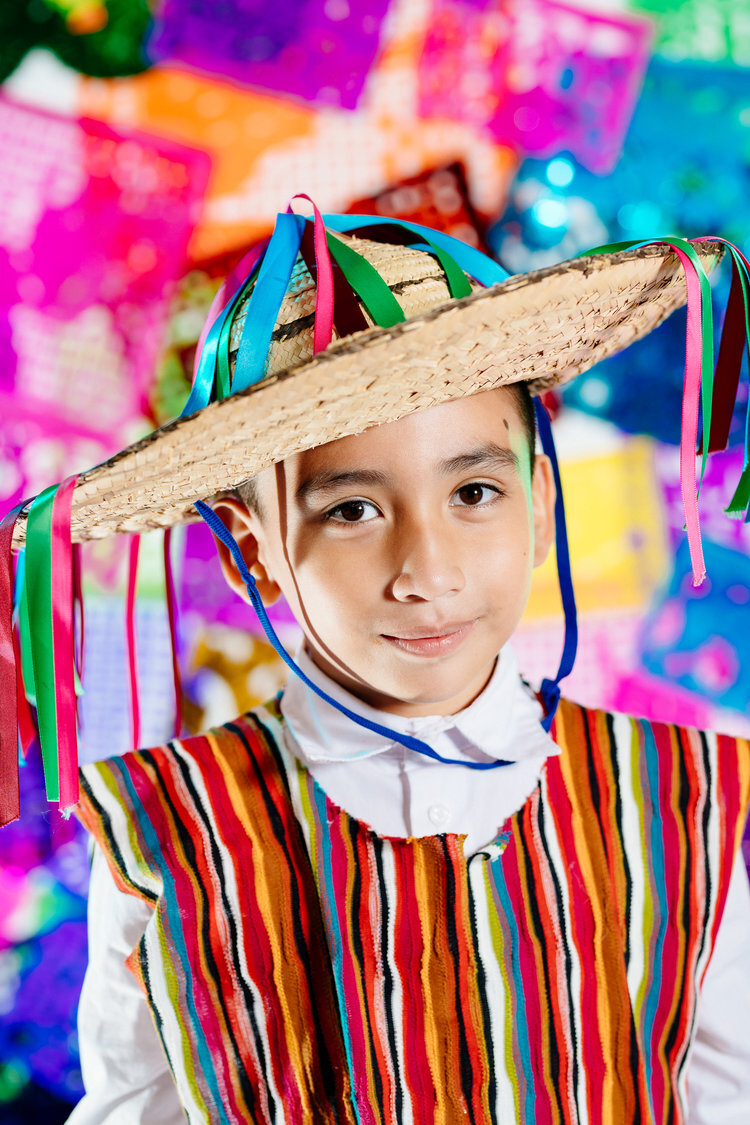
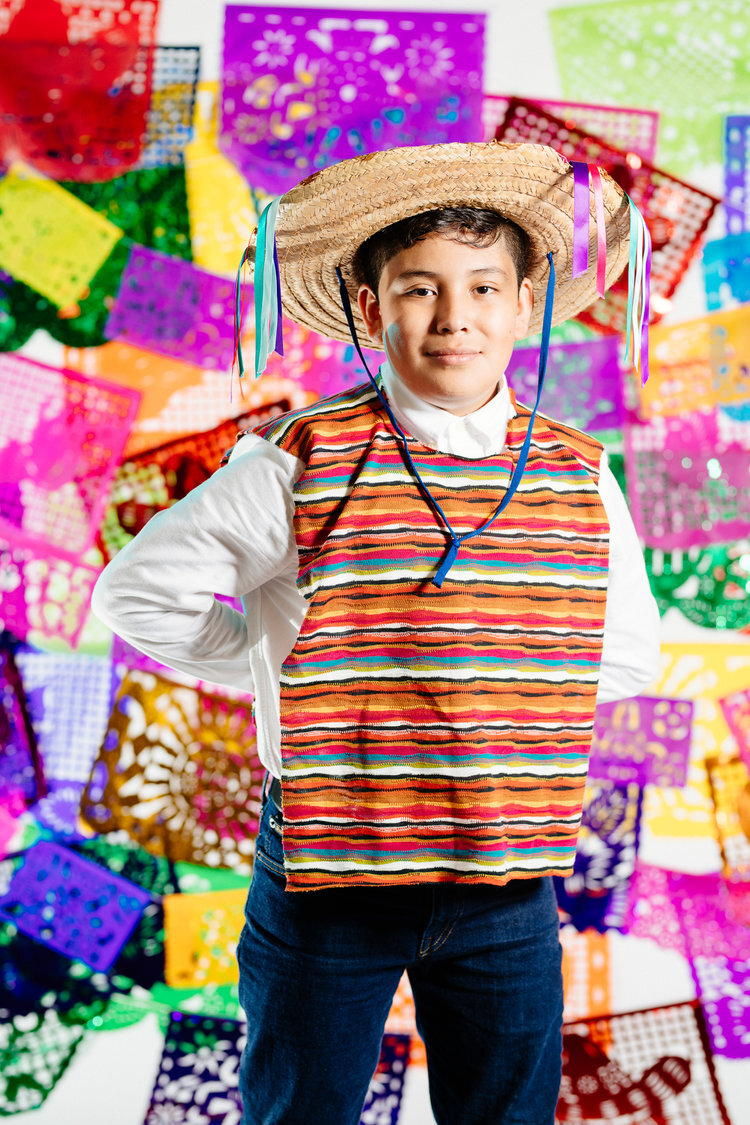
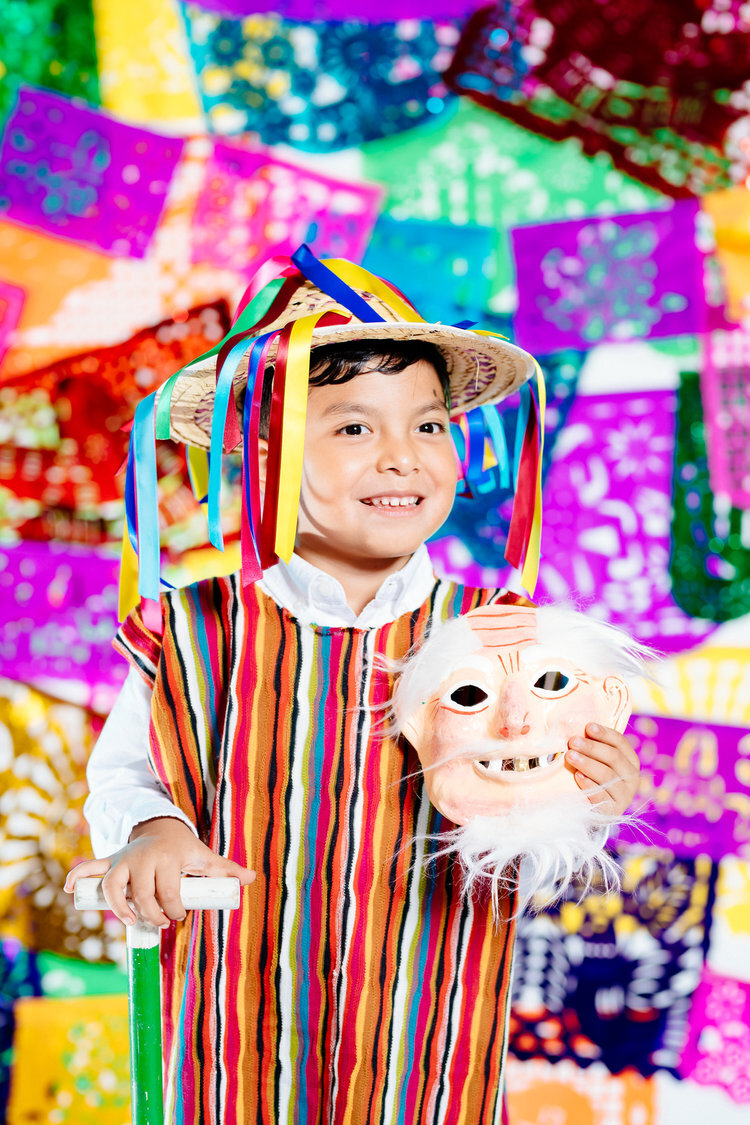
NORTEÑOS
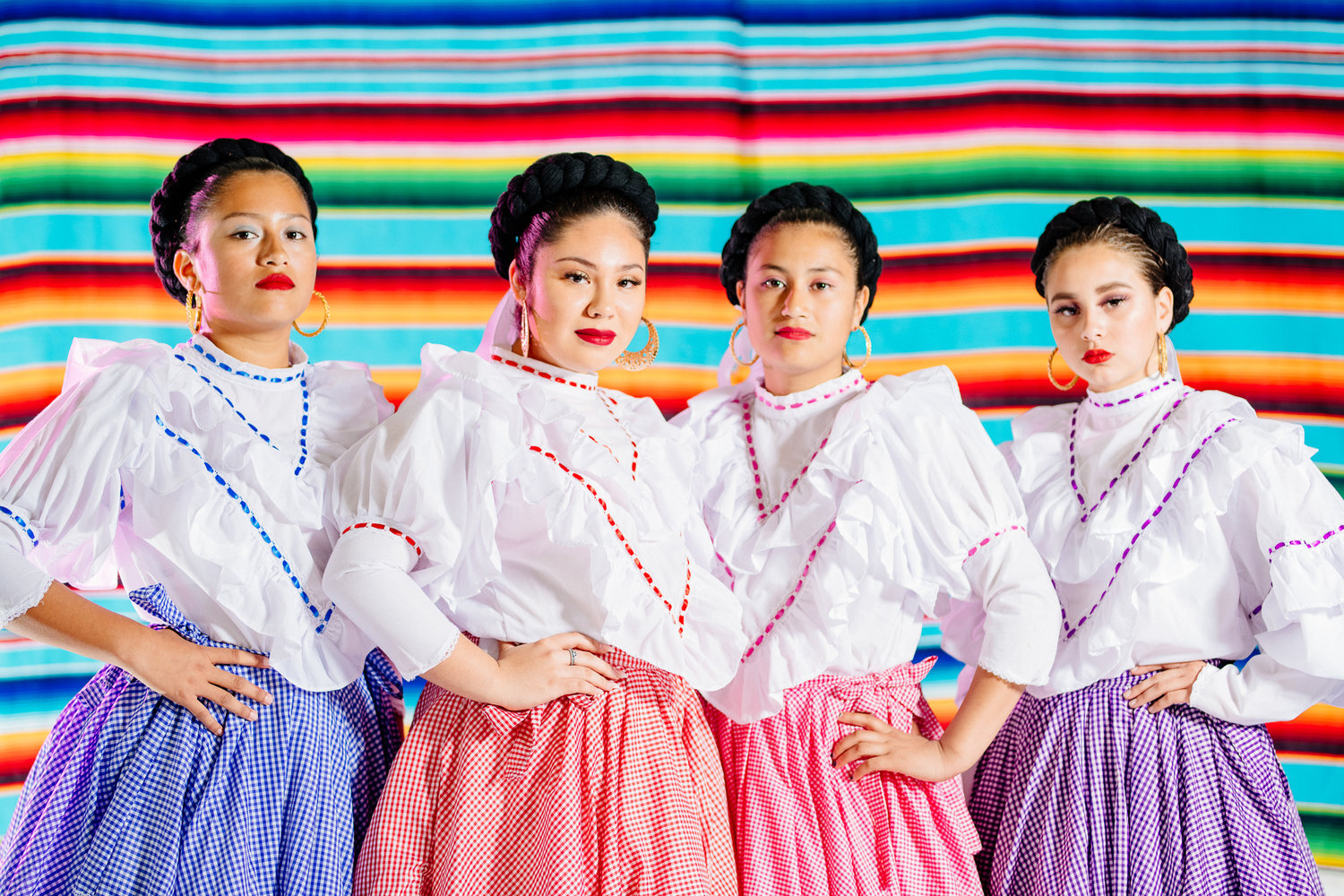
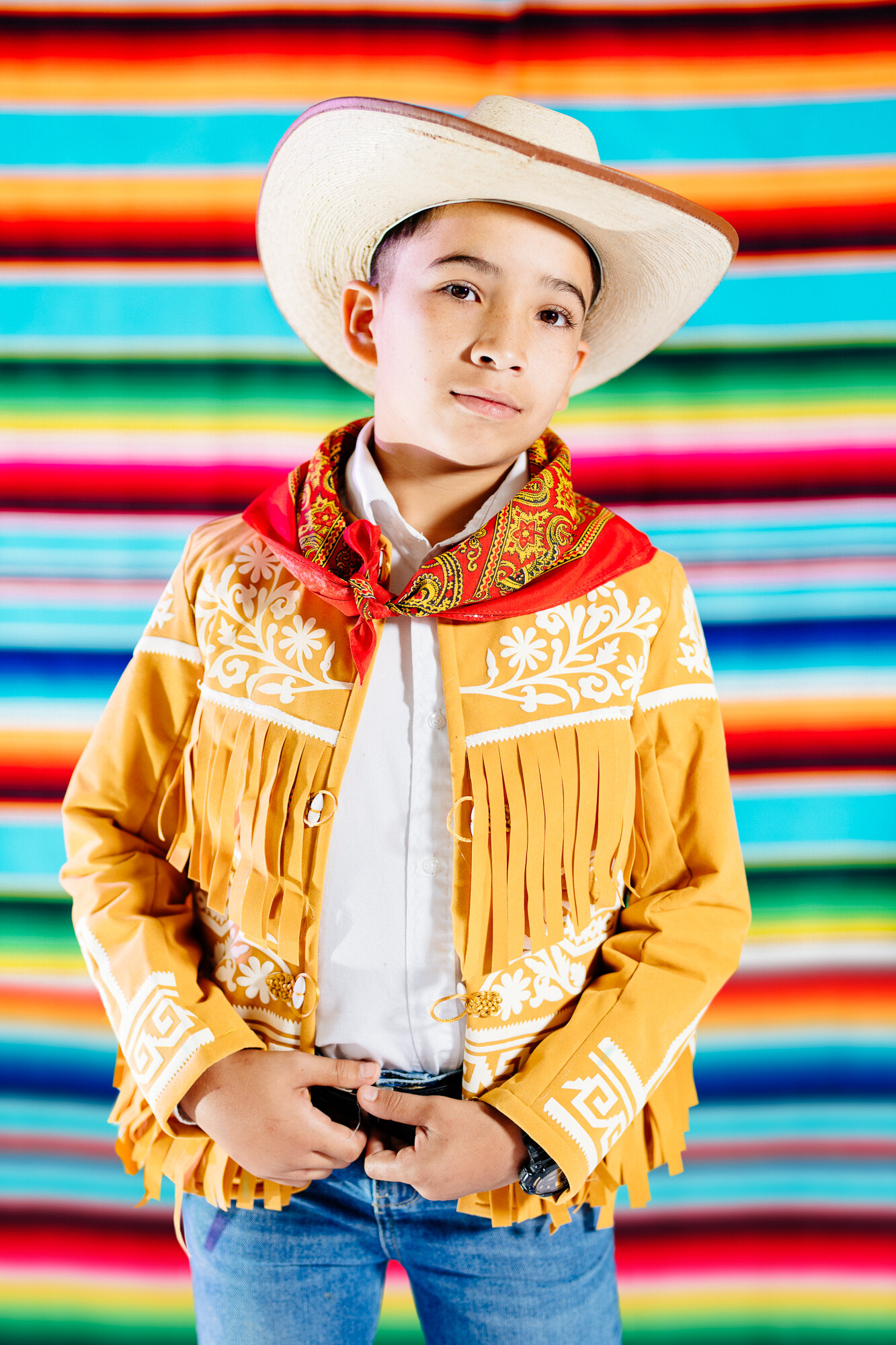
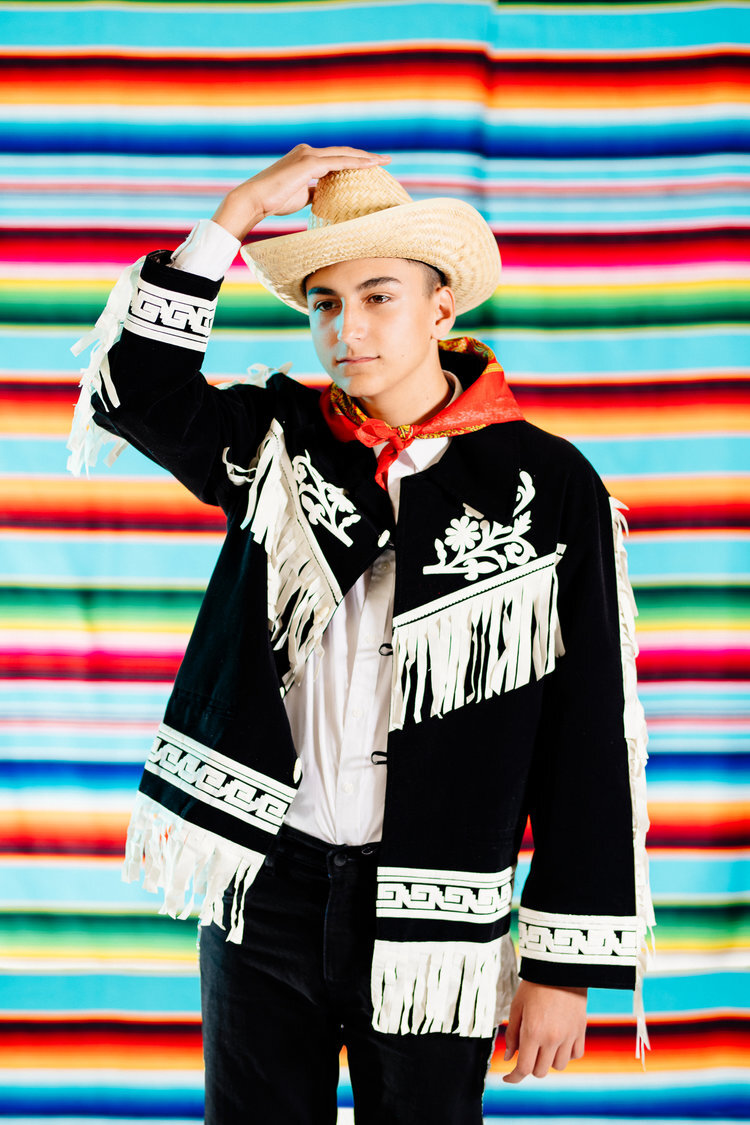
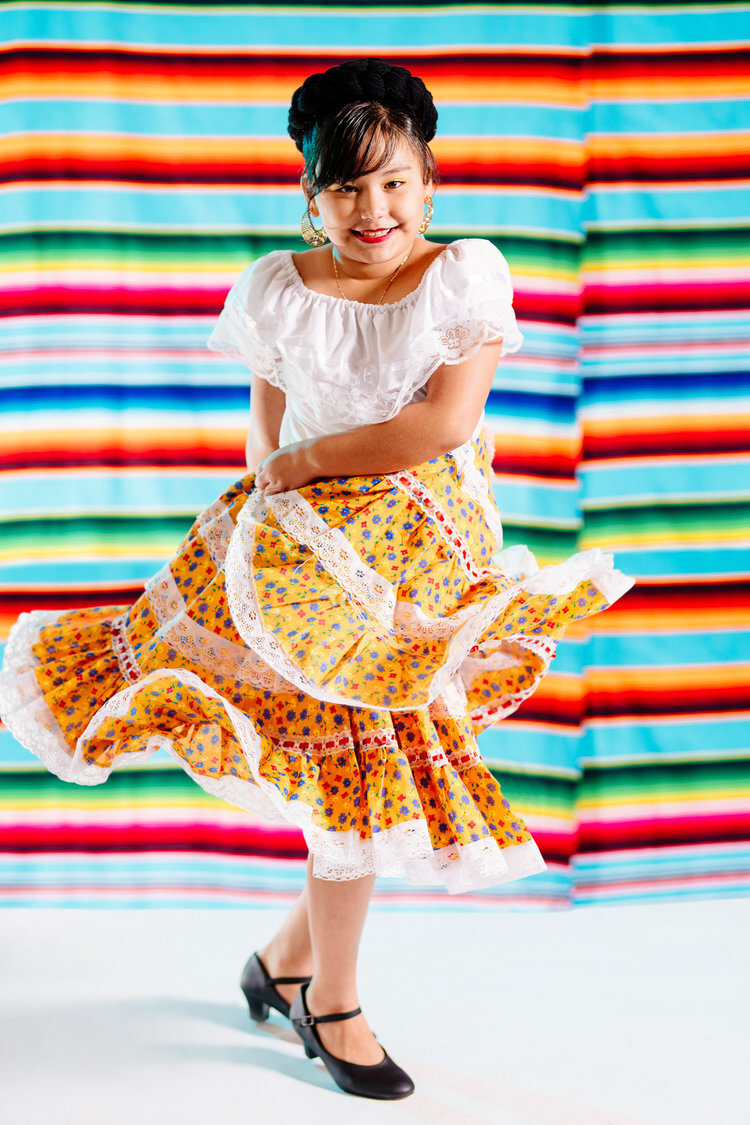
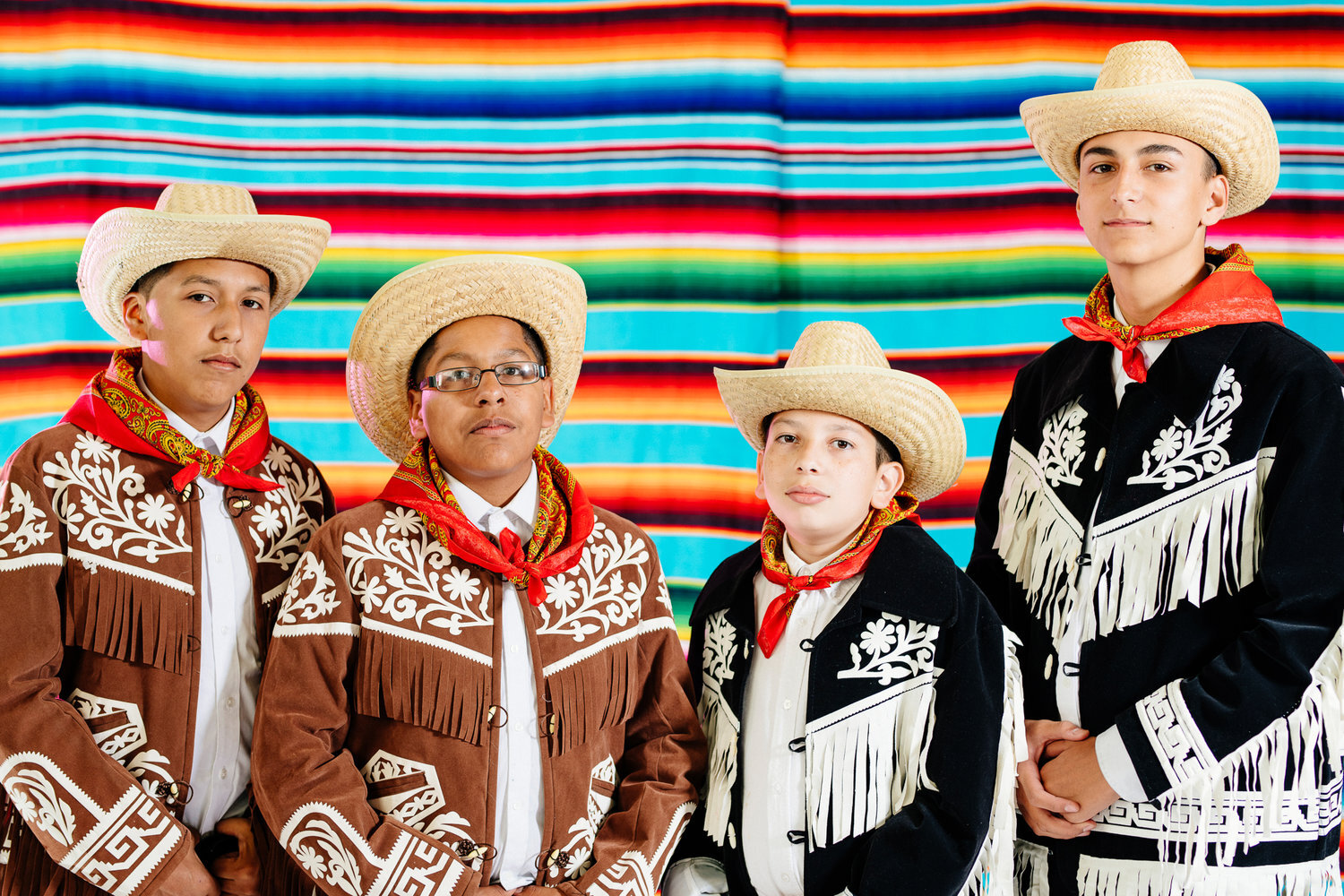
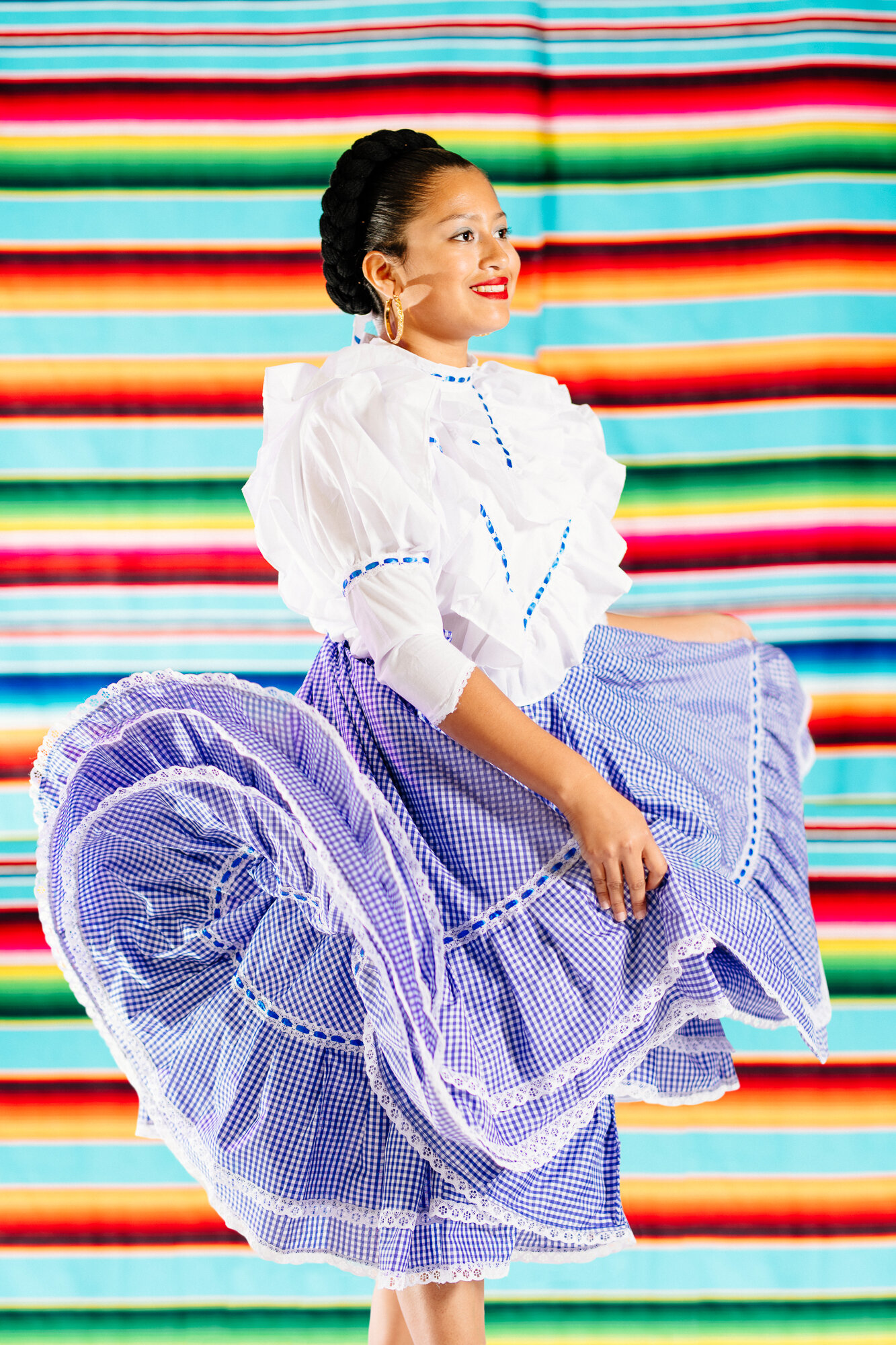
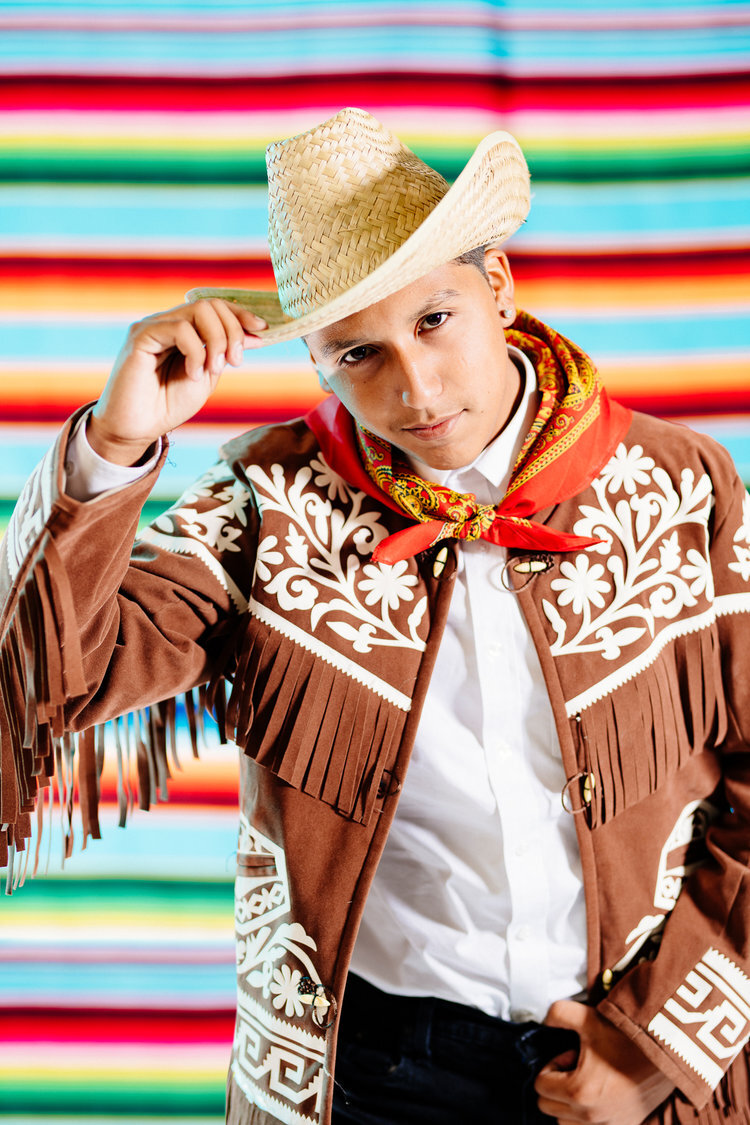

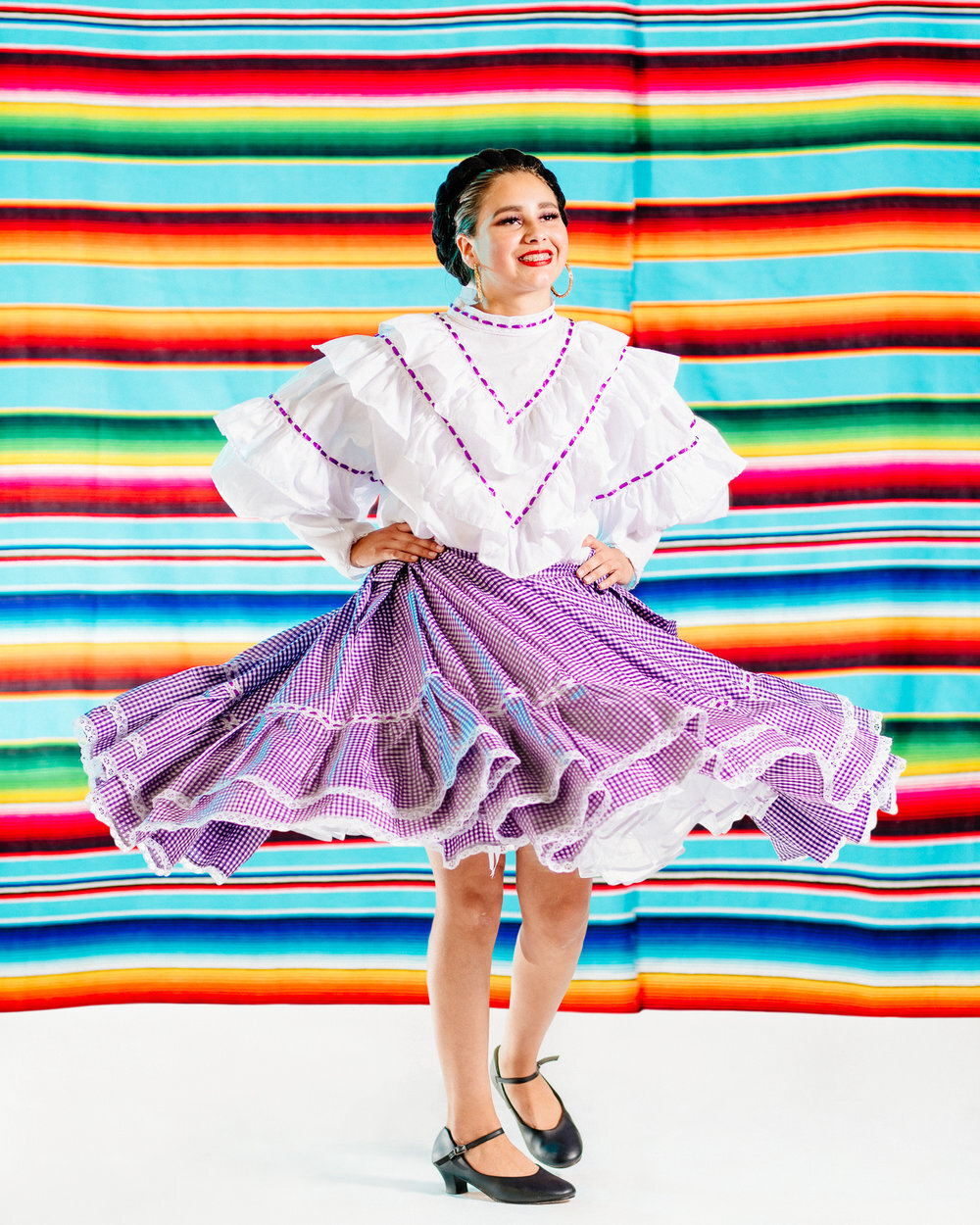
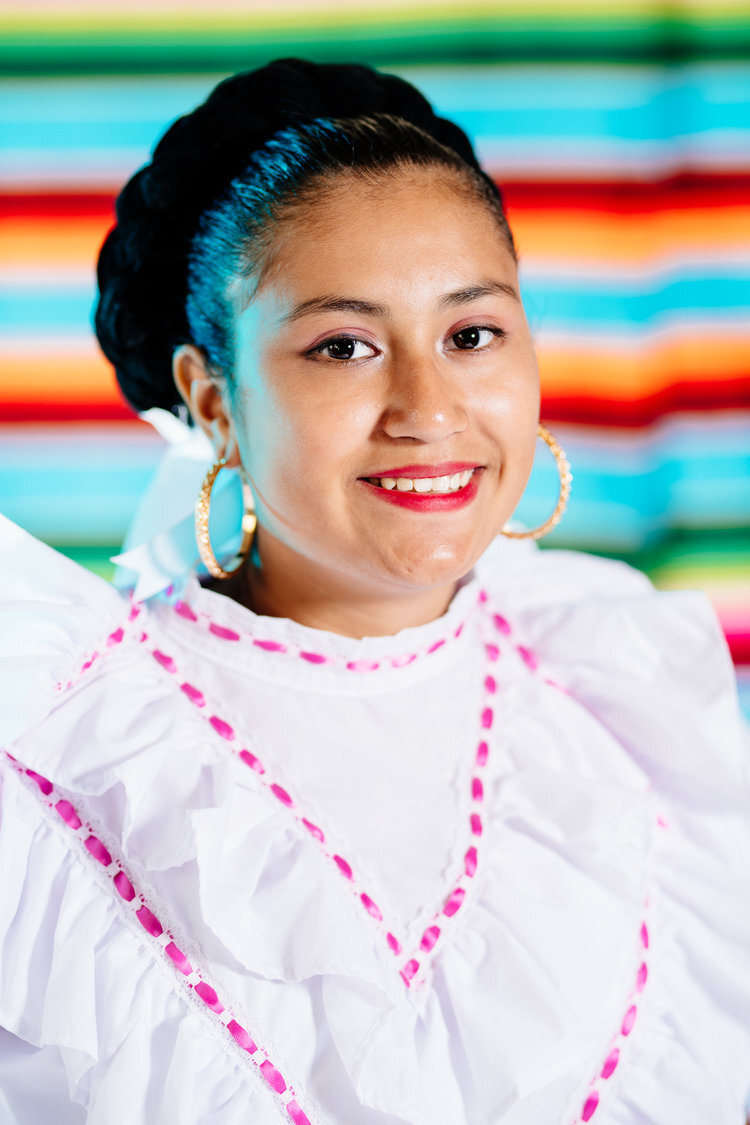
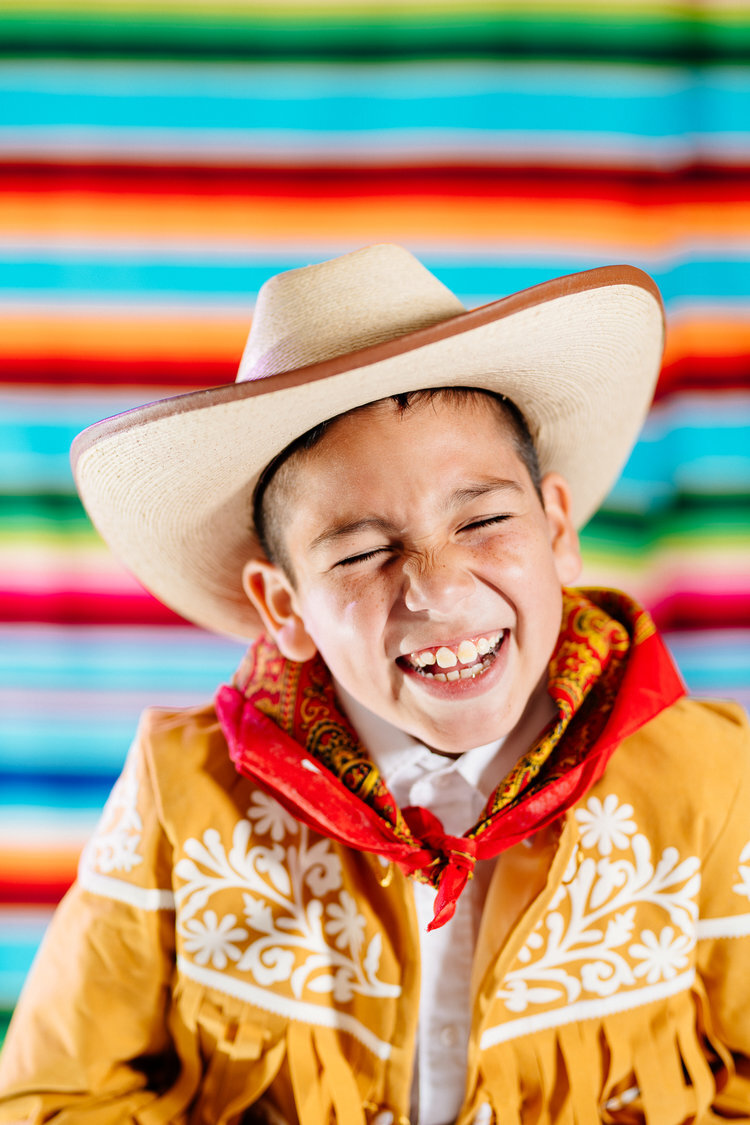
PRESS
'Grito' Lauren Vied Allen's VSCO Voices Project
“VSCO Voices creator Lauren Vied Allen believes that dance is an instinctual form of self-expression. It can tell vibrant cultural stories through physical movement, and for Mexican American youth, it is a both a tether to their cultural past and a display of resilience that reaches far into the future.”
Introducing VSCO Voices 2019 - Meet The Creators
“Together with VSCO, we’re excited to announce this year’s VSCO Voices grant recipients. For the second year in a row, the program will support five creators with mentorship and funding to make art that empowers marginalized communities in the United States. This year’s theme, Style, drew many remarkable applications.”
Celebrating Art In Community
“Art raises awareness of important issues facing communities and educates the public in compelling and creative ways. Art possesses the power to change or challenge narratives that are projected onto people and communities.”
'Grito!' premieres today
“The stories of members of Ballet Folklorico de Colores, a local dance group composed of Hispanic/Latino youth, are going national and international.”
Project highlights Ballet Folklorico de Colores
“Lauren Vied Allen has seen firsthand how Ballet Folklorico de Colores has changed its members and how it's affecting audiences and wanted to document it for the future.”
Checking in with our VSCO Voices 2019 Grant Recipients
“Over the past six months we’ve followed the creative journeys of recipients Alexandra Cuerdo, Cori Corinne, Dave Kasnic, Lauren Vied Allen, and Khristopher “Squint” Sandifer, and have learned so much from their artful and unique storytelling around the theme of style.”
VSCO Voices – Lauren Vied Allen
“We spoke with her about her ongoing project, how where she lives affects her work, and what advice she might give to others. This is what she had to say.”
GRITO: A VSCO VOICES PROJECT
“And as a Mexican-American in the South, I’m learning there’s no better asset to my own people than showing what’s hidden, respecting the beauty of our culture and celebrating it. In many ways, this is how the GRITO project grew into existence.”
VSCO Voices is a grant program that supports creators who empower marginalized communities through art. This project was made possible by the funding of VSCO and Access Ventures.

